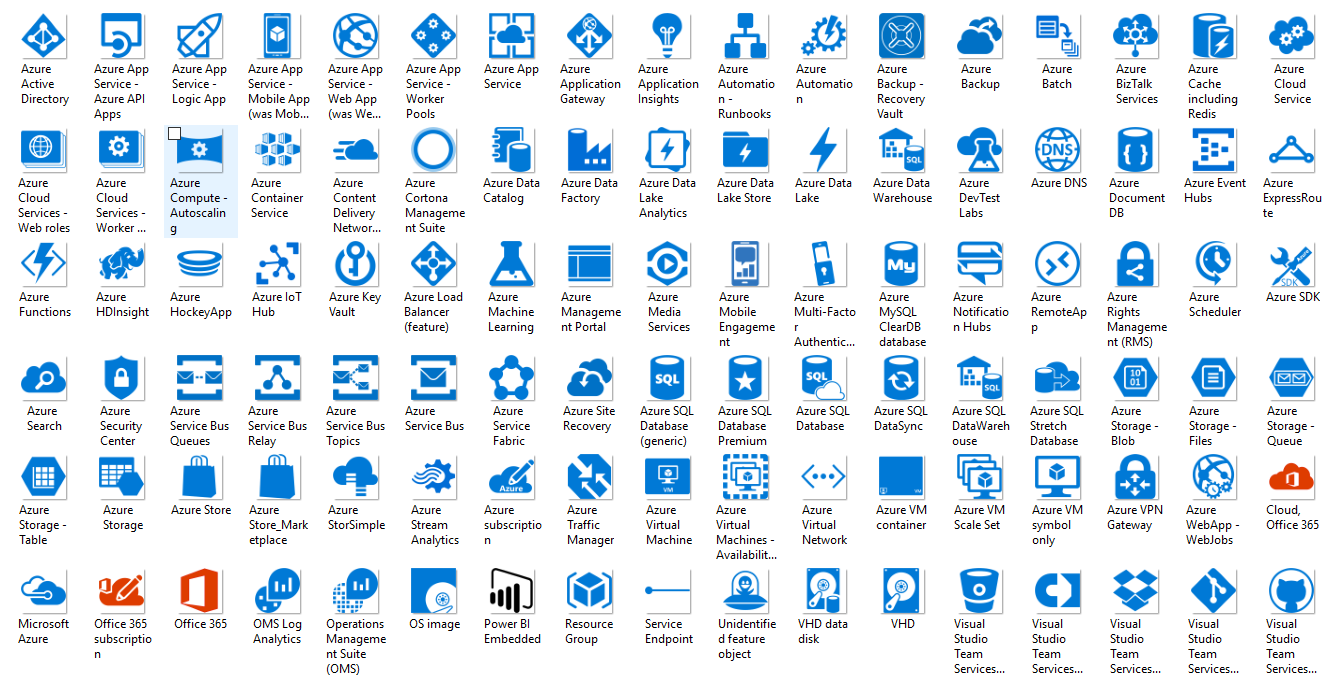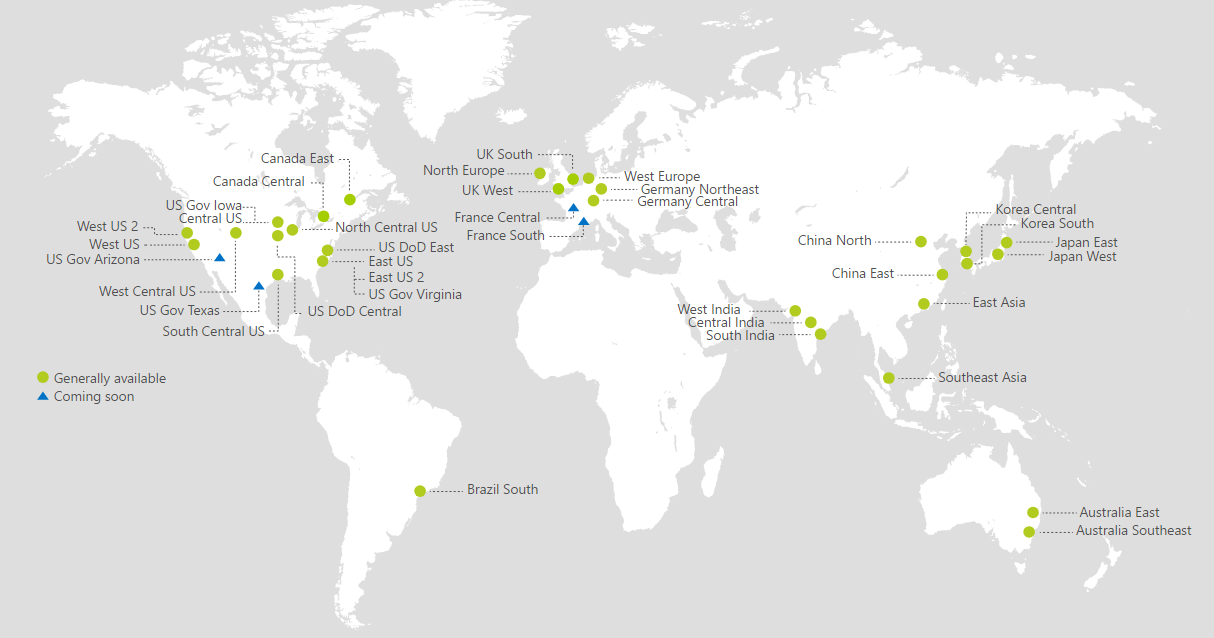According to Wikipedia:
Azure obviously provides all the benefits of cloud, but it is also an open and flexible cloud. Azure cloud supports a variety of operating systems, languages, tools, platforms, utilities, and frameworks. It supports both Linux and Windows, SQL Server, MySQL, Postgres and more, C#, Python, Java, Node.js, Bash, and more languages, MongoDB and DocumentDB NoSQL databases, and Jenkins to VSTS as continuous integration tools. The whole idea behind this ecosystem is to enable users to have their choice and freedom of language, their choice of platform and operating system, their choice of databases, and their choice of storage, their choice of tools and utilities. Users should not be constrained from the technology perspective, instead, they should be able to build and focus on their business solution and Azure provides them with world-class technology stack. Azure is compatible with the user's choice of technology stack.
For example, Azure provides availability of all popular (open source or commercial) database environments. Azure provides Azure SQL, MySQL, and Postgres PaaS service. It provides a Hadoop ecosystem and offers HDInsight, a 100% Apache Hadoop-based PaaS services. It also provides Hadoop on Linux VM implementation for customers who prefer IaaS approach. Azure also provides a Redis cache service and supports other popular database environments, such as MongoDB, Couchbase, Oracle, and many others as an IaaS implementation.
The number of services is increasing by the day and the following figure just provides the rich set of services provided by Azure. Not all services are shown here and it keeps on growing.

Azure also provides a unique cloud computing paradigm--the Hybrid cloud. Hybrid cloud refers to a deployment strategy in which a subset of services are deployed on a public cloud, while other services are deployed in an on-premise private cloud or data center. There is a Virtual Private Network (VPN) connection between both the public and private cloud. Azure provides users the flexibility to divide and deploy their workload on both public cloud and on-premise data center.
Azure has data centers across the globe. Azure combines these data centers into regions. Each region has multiple data centers to ensure that recovery from disasters is quick and efficient. At the time of writing, there are 38 regions across the globe. This provides users the flexibility to deploy their services at their choice of location and regions. They can also combine these regions to deploy a solution that is disaster resistant and deployed near their customer base.




